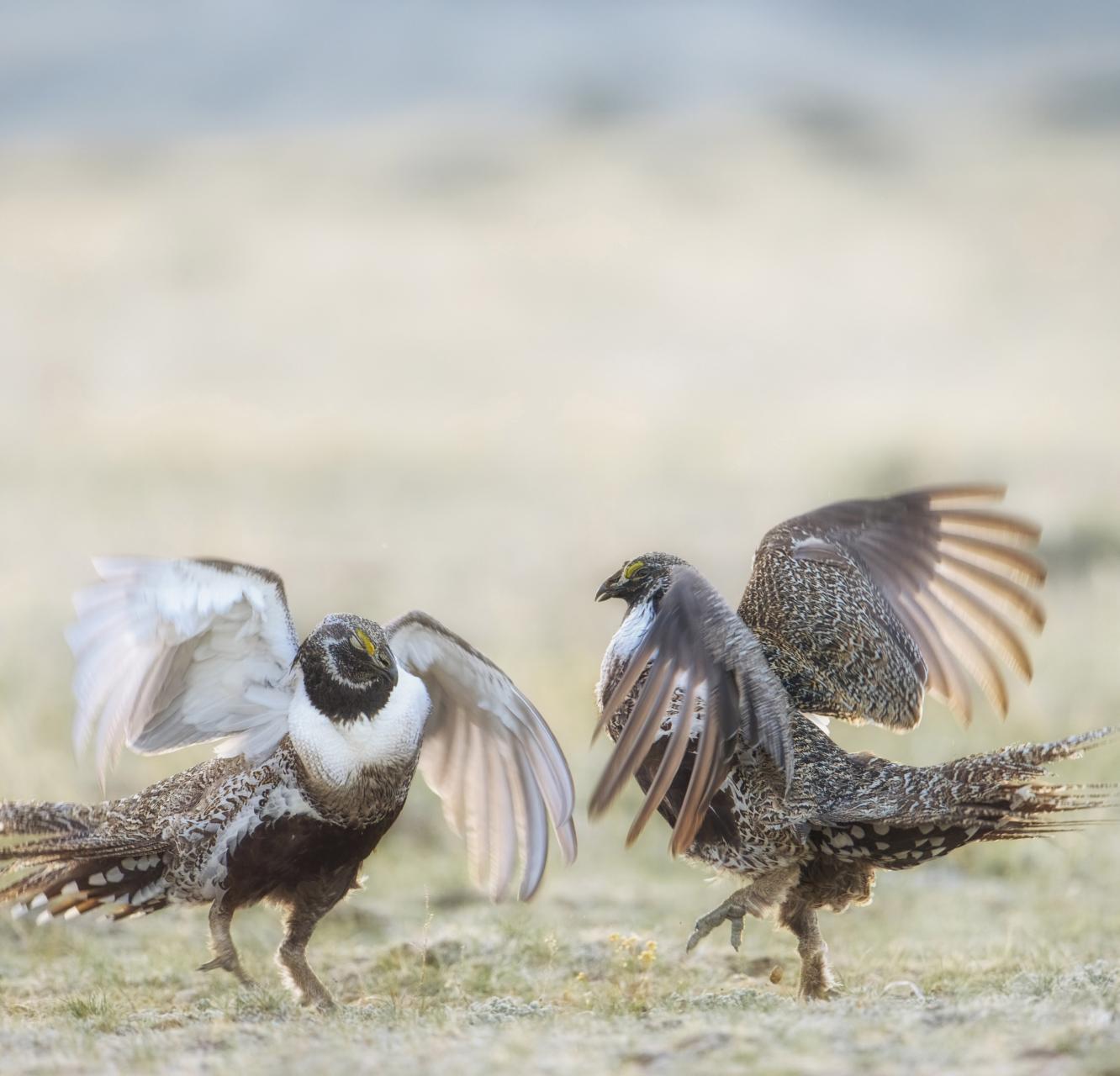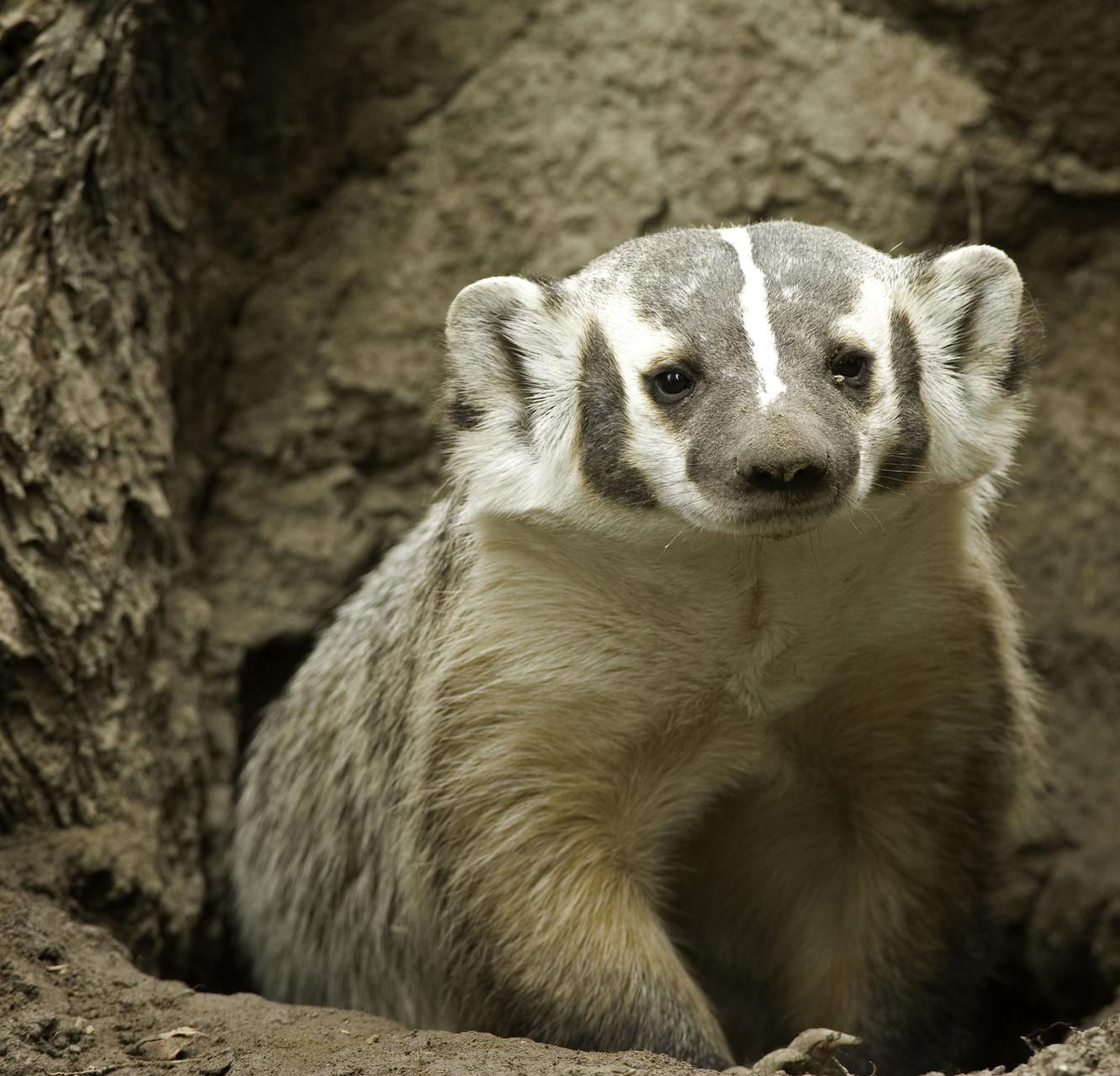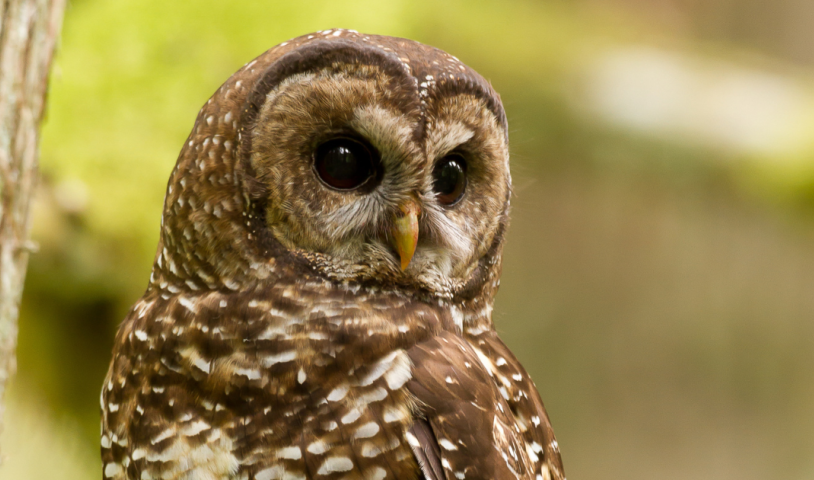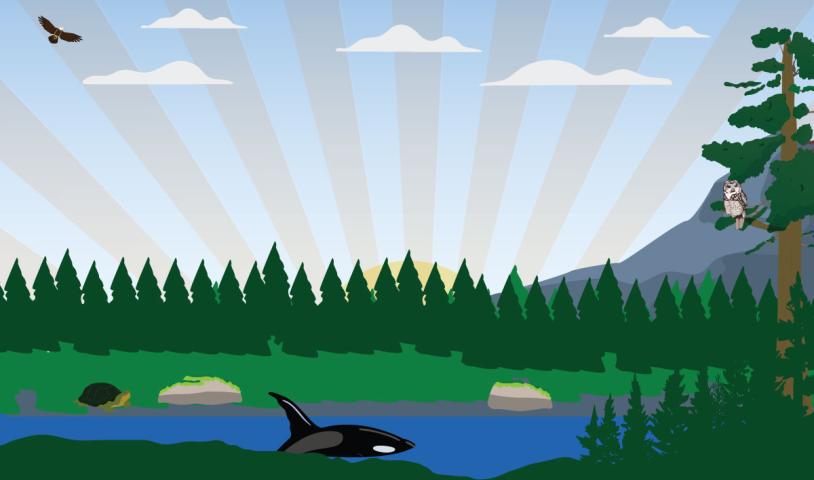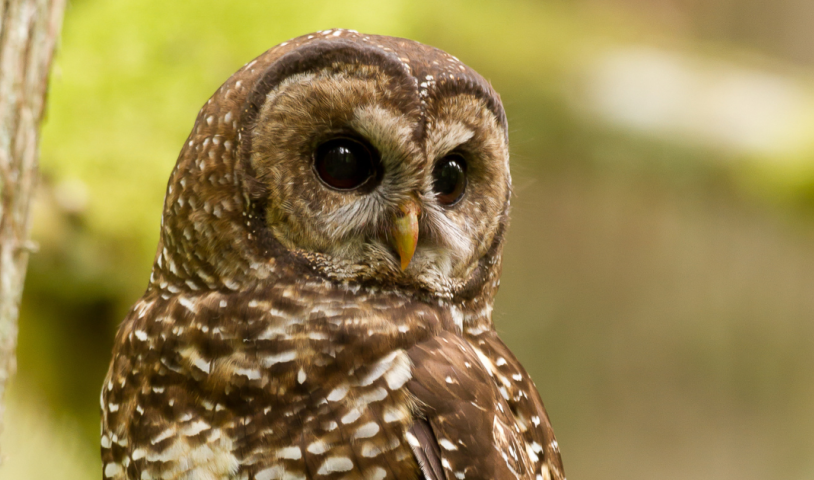Fighting for the turtles of Burnaby Lake
Sunday, September 27, 2009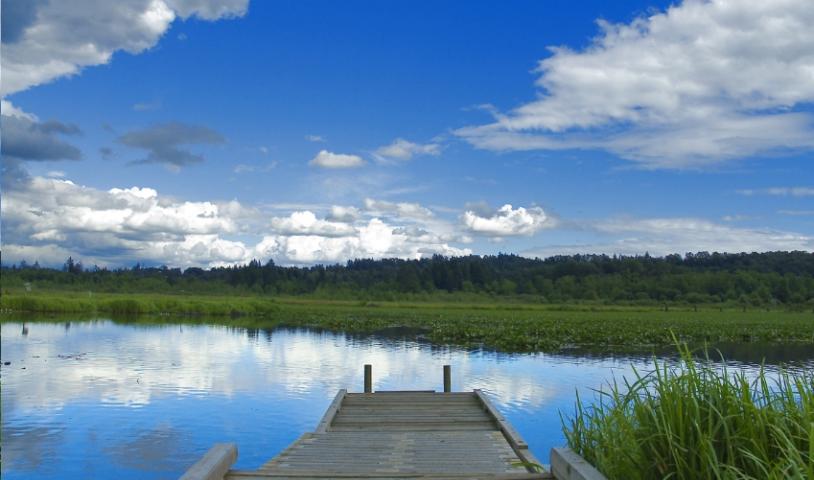
Photo: A dock at Burnaby Lake
As the City of Burnaby is poised to start a $14-million dredging project in Burnaby Lake Wednesday, biologists are sounding the alarm over the fate of the endangered Western painted turtle.
Vanessa Kilburn is an independent biologist working with a government-mandated recovery team to get the Western painted turtles back to a point where they can survive on their own. She wants the city to put the dredging on hold until the city's environmental biologists can pinpoint where the turtles will be hibernating.
"Until we know that, there's no way you can dredge that lake without the possibility of killing a lot of turtles," she said. "We asked that they wait till they have more data, and that would be December."
Vanessa Kilburn, is concerned that the city's plan to dredge Burnaby Lake will decimate the population of painted turtles that call the lake home.
Larry Wright/BURNABY NOW
At 15 degrees Celsius, the turtles shut down and bury themselves in the mud, sometimes in groups and usually at the bottom of the lake. The turtles typically begin hibernating in mid-October but settle in November or December, depending on water temperatures. Kilburn said they may be settling while dredging is going on or may find their hibernation spots are already destroyed. Kilburn said no one knows for sure where the turtles will settle to hibernate this year.
"(The dredging) is a major threat, and we are really concerned about it. The biggest issue is the timing," she said.
The Western painted turtle is protected under the Species at Risk Act, and, according to Ecojustice lawyer Lara Tessaro, it is a criminal offence to kill, harm or harass an endangered or threatened species.
"If scientists are saying this dredging project could either harm or harass or disturb the Western painted turtle ... that would be a very significant issue under the Species At Risk Act," Tessaro said.
According to the government's species-at-risk registry, there are six known sites with these turtles on the Pacific Coast, and in 2005 surveys, the Western painted turtle was found at only one of the known sites - Burnaby Lake.
Kilburn said more recent surveys show there are up to 10 sites, but the numbers of turtles are low. Kilburn said there are about 100 Western painted turtles in Burnaby Lake.
"Literally, this is the biggest population in the Lower Mainland that anyone knows about," she said.
In fact, the recovery team was hoping to hatch turtle eggs from Burnaby Lake in a breeding facility and release them to help rebuild populations in other areas where numbers are low.
When asked why the issue was coming up last minute, just days before the dredging is set to start, Kilburn said it had slipped under everyone's radar.
"We assumed the painted turtles had been addressed," she said.
And, according to the city's engineering director, it has. Lambert Chu outlined measures to protect the turtle, including how city-hired environmental biologists are conducting a telemetry study, which means they tag the turtles and track them with a radio receiver to see where they are in the lake.
Chu said areas where the turtles are hibernating will not be dredged between Oct. 31 and May 1.
"Also, during dredging in warmer times, when the turtles are active, these zones will be surveyed for turtles prior to any dredging occurring in these areas," Chu said. "By the time the turtles are hibernating, the results of the telemetry study will be available to indicate the areas that must be avoided during the hibernation period. This is a requirement that is stipulated in our Water Act approval."
Chu said any delay to the project will have a "significant implication" to the cost and schedule and that there are a number of environmental windows governing when dredging can occur.
The city also received a number of government permits for the project.
There is one remaining permit pending, from the Environmental Stewardship division of the Ministry of Environment for wildlife salvaging work, meaning if needed, they could physically move the turtles if they are in the way of dredging.
If the lake is not dredged, Chu said, it will continue to fill, to the detriment of recreational and environmental values.
"The contaminated sediments will remain in the lake and will lead to long-term negative impact on plant and animal life," he said.
Jennifer McGuire at the Ministry of Environment told the NOW that the city could not start dredging without the wildlife salvaging permit and that she is still waiting for data from the city before it can be approved or rejected. She also said the city has to tag a significant number of turtles for the permit to go through.
Chu said he was meeting with McGuire on Friday, after NOW deadlines.
Biologist Mike Pearson is also concerned about the turtles, which he pointed out are at the highest level of endangerment possible, next to extinction in Canada.
While the city may have a permit to tag the turtles, Pearson reiterated that it doesn't yet have the wildlife salvaging permit, which would allow them the move the turtles if they are in the way.
"(They) can't touch them until they get that permit," he said, adding the city is trying to collect data at the last minute under less than ideal conditions.
"I would bet a lot on money they don't stand a chance of catching and tagging 25 turtles in a week," he said. "I'll believe it when I see it."

